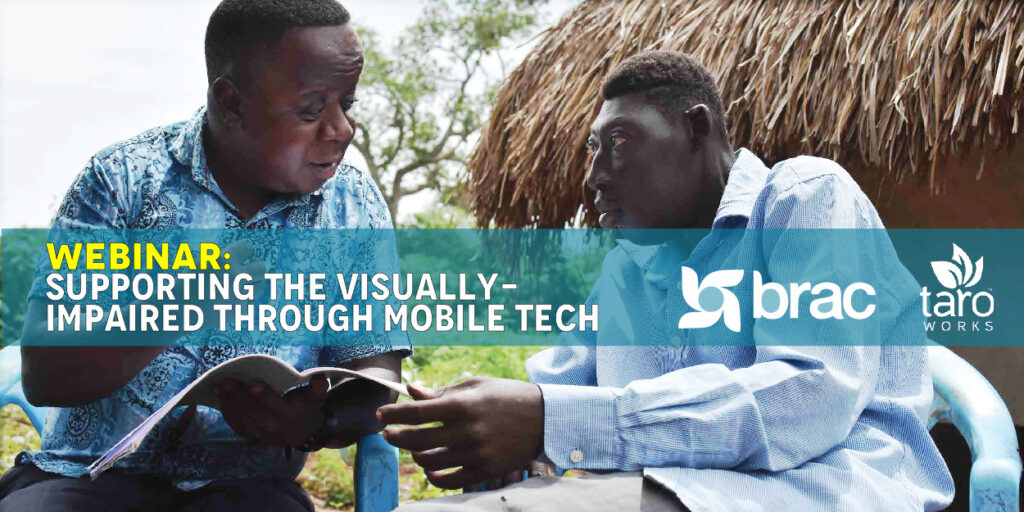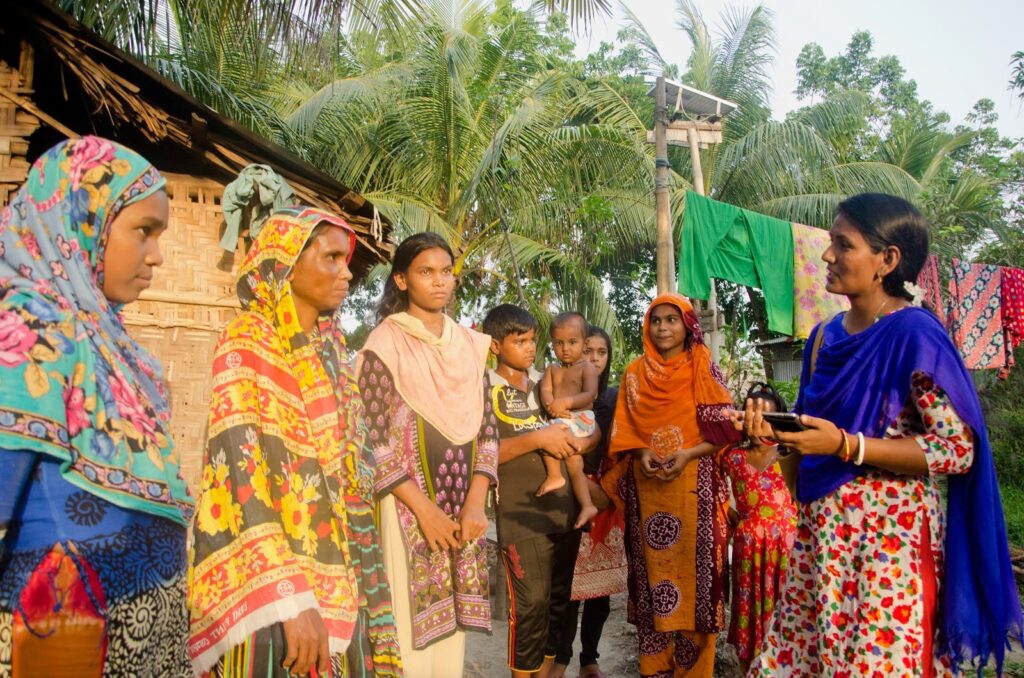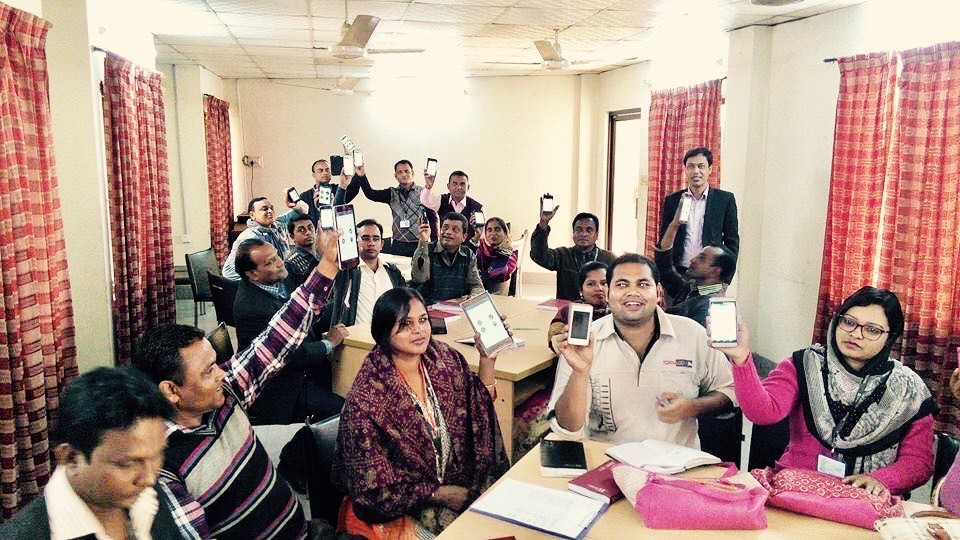
Search

On December 13, 2023, Najiat Chowdhury, Manager of Business Intelligence & Technology BRAC joined Elaine Chang, CEO, TaroWorks, in our latest webinar to discuss how BRAC is leveraging Salesforce and TaroWorks for their visually-impaired mobile user field teams and the end-beneficiary entrepreneurs with visual impairments.
We are very proud to work with BRAC, and contribute to their mission to empower people and communities in situations of poverty, illiteracy, disease and social injustice. We thank this outstanding organization for joining the webinar and for sharing their learnings.

BRAC believes that data can be a powerful tool for change. But they’ve also found out that it requires understanding and leveraging. To do this, BRAC created the Technology For Development Unit (ICT4DU), a team that Najiat is part of and that focuses on finding ways to use data to establish a data-driven culture, support organisations and programmes, and design and deploy technology products.
This data-driven culture and processes has helped BRAC improve their programmes, track the evolution and results of their beneficiaries and be transparent.
Since 2016, BRAC has been using TaroWorks for offline data collection to deploy the use of paper, and Salesforce, a powerful CRM, to create reports and dashboards for quick insights and decision making. By using these tools, the organisation has been able to:
Click the image below to watch a video about the incredible work that the ICT4DU team is doing at BRAC:
The Skills Development Programme is a programme where BRAC provides skills training to out–of–school adolescents and youth and place them in jobs. It has reached 0.5 million adolescents and youth through different skills development initiatives and the job placement rate is more than 80%. Apart from service delivery, SDP also focuses on making structural changes through community engagement, motivating more girls and women to join skills training, and influencing People with Disability to join the training and subsequent employment.
Later, in 2017 BRAC launched the The Disability Inclusive Graduation (DIG) program to provide personalized support to people living in extreme poverty with disabilities, including socio-economic empowerment and resilience. One of the main components of the programme was to mainstream disability inclusion and increase the accountability and capacity of development partners, including BRAC’s field staff.

In 2021, BRAC needed to make TaroWorks accessible to their visually impaired team members of the DIG, so that they could have the same field work tools as everyone else and be able to collect data seamlessly and have access to offline information.
BRAC worked together with TaroWorks to develop an assistive technology tool available to everyone in their mobile devices, and integrated with TaroWorks.
In order to do this, TaroWorks needed to create a strong connection with Android’s Talkback feature – a screen reader function. This function reads out links, buttons, labels, and announcements once they are clicked, so anyone with a visual impairment can have full access to the information. In order to ensure success, TaroWorks worked to create more meaningful descriptions for its functionality and made sure all buttons make sense so the visually impaired users can navigate easily. In addition to this, TaroWorks created the ability to increase font sizes for those who are partially visually impaired.
One of the key goals of this webinar was to learn about BRAC’s development and implementation process of this assistive technology for the visually impaired, as one of the main questions was: How difficult is the adoption of this technology?
As Najiat mentioned during the webinar, the process was not simple, but with organization and teamwork, they were able to implement the tool seamlessly. She highlighted these key learnings and recommendations:
Watch the full webinar in our YouTube channel, and keep an eye on our social media, blog, and newsletter to know when our next webinar will happen.
POST TOPICS
Sign up to receive emails with TaroWorks news, industry trends and best practices.
TaroWorks, a Grameen Foundation company.
Site by V+V